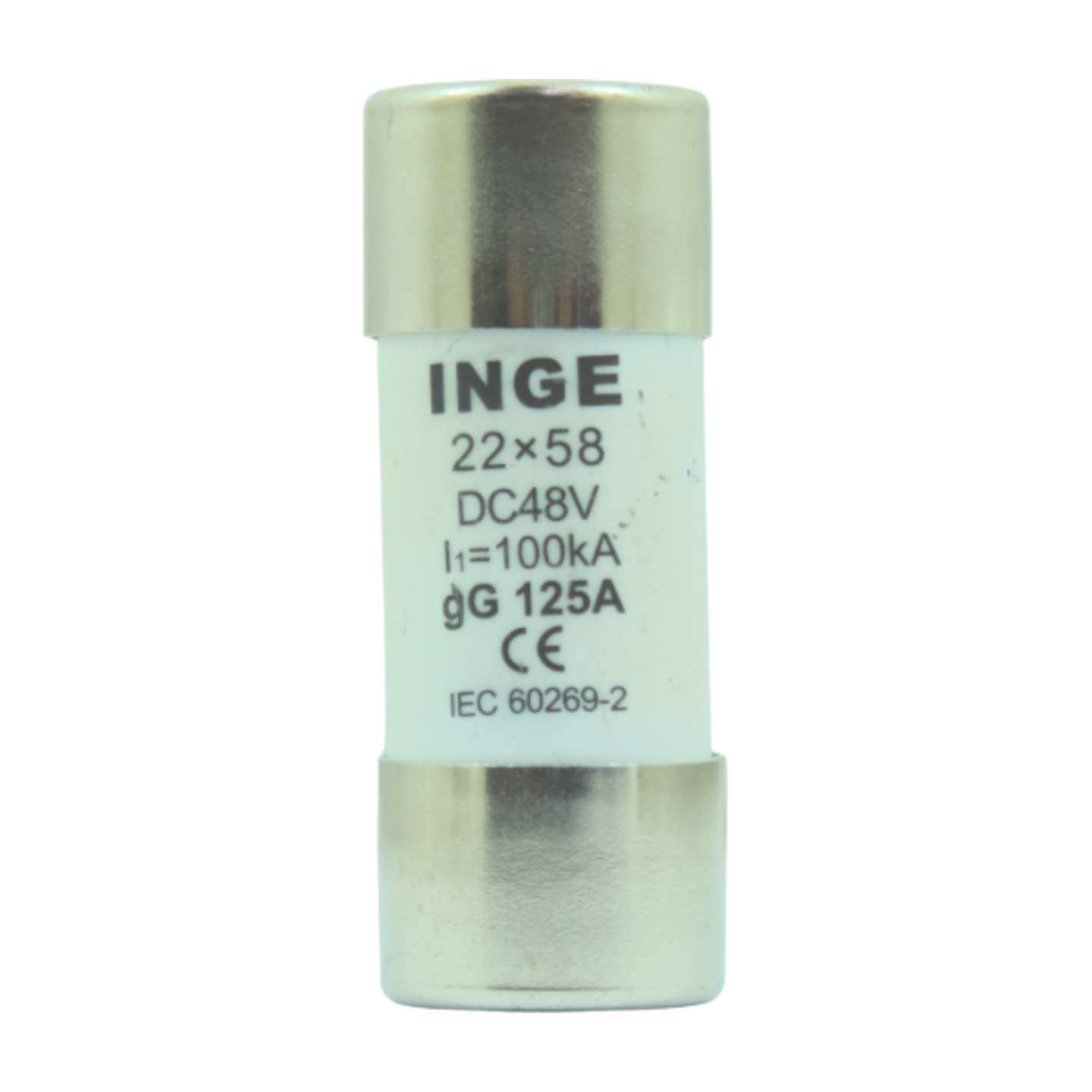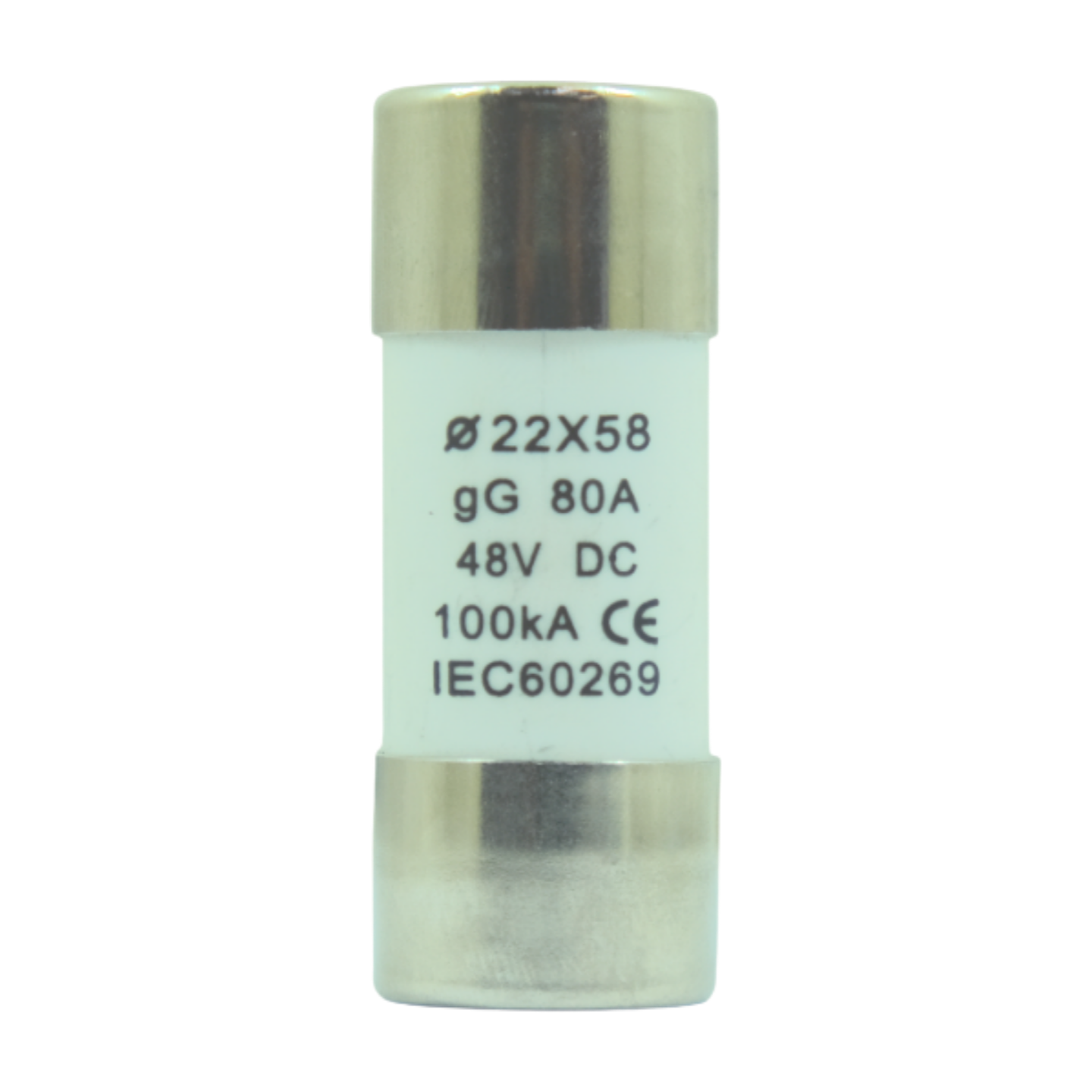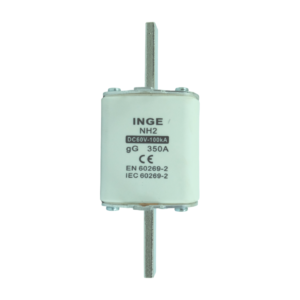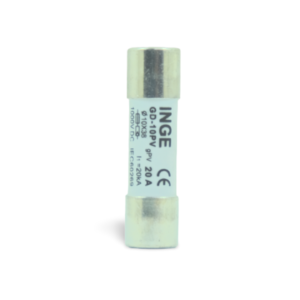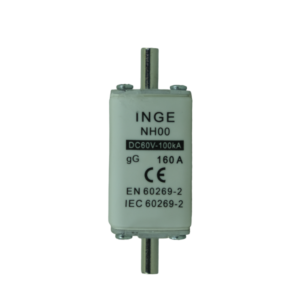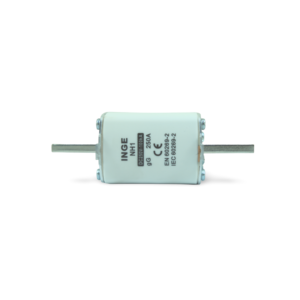An electrical fusible link is a specialized type of fuse used to protect electrical circuits from overcurrent conditions. Here’s a detailed explanation based on the provided context:
Definition and Construction:
- Purpose:
- A fusible link is designed to protect electrical wiring and components from excessive current. It acts as a sacrificial component that melts or breaks when current exceeds a safe level, thereby interrupting the circuit and preventing damage or fire.
- Construction:
- A fusible link is typically made from a short length of wire that is smaller in gauge (AWG size) than the wire it protects. The wire used for the fusible link is usually four AWG sizes smaller than the wire it is intended to protect. For instance, if the main wire is AWG 12, the fusible link might be AWG 16.
- Example:
- Suppose AWG 12 wiring is carrying current. To protect this wiring, an AWG 16 fusible link might be installed. This means the fusible link wire has a smaller diameter and lower current-carrying capacity compared to the main wire.
Functionality:
- Current Rating: The fusible link wire is selected such that it can carry normal operating currents of the circuit it protects without overheating or degrading. However, if there is a fault or excessive current (like a short circuit), the fusible link wire heats up rapidly due to its smaller size and eventually melts or breaks.
- Protective Action: When the fusible link melts or breaks, it opens the circuit, cutting off the flow of current. This action protects the main wiring and other components from damage.
Application:
- Automotive: Fusible links are commonly used in automotive electrical systems to protect wiring harnesses and electrical devices from overcurrent conditions.
- Industrial: They are also used in industrial applications where protection against electrical faults is critical.
Summary:
In essence, an electrical fusible link is a specialized fuse that uses a smaller gauge wire to protect larger gauge wires and electrical circuits. It provides a cost-effective and reliable method to prevent electrical fires and damage caused by overcurrent conditions.


